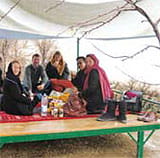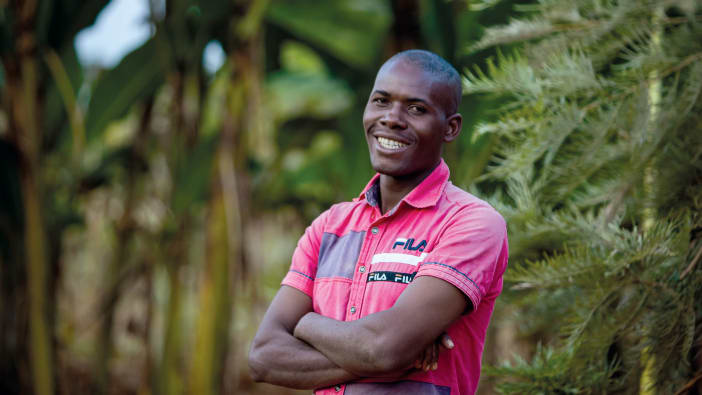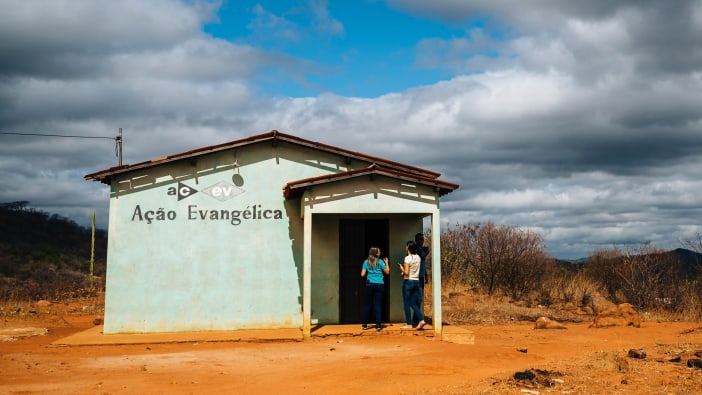Be aware of your situation
Depending on where we live, the risks we face are different. We may live in an area of conflict, a city with lots of crime, or maybe a remote village. Whatever the context, the greatest risks are usually crime-related, where people are prepared to use force, or the threat of force, for material gain: for example muggings, burglary and carjacking.
Even in areas of conflict the greatest risks still tend to be crime-related, as people take advantage of the breakdown of law and order to carry out violent crime. A conflict might also boost illegal trade, increasing the market for stolen items, or the profits from crime may be used directly to fund the conflict.
Assess the risk
Being aware of our situation and that of people around us can help us understand if the risk of an attack on our personal safety has changed. For example, are large numbers of people under severe financial pressure or does one group of people feel oppressed by another? These and many other social, political or economic factors can be triggers that cause an increase in crime-related risks.
Sometimes we can get so used to a situation that we become complacent about the risks. It may be that we have spent our whole life in the same place and because we have been safe up until now, we presume that things will continue to remain the same. But situations and environments can change around us. There is a story that people frequently use when talking about managing personal safety – the frog story (see box below). In the same way it can be very easy not to notice the small, slow changes that go on around us, gradually changing our situation to one full of risks.
There will be situations which will be more risky for a woman. For example, a female health worker travelling alone will be more vulnerable. People can also be more vulnerable because of their age, nationality or disability. It is important that all risks are identified for each group of people and are then managed well.
Know your neighbours
With the increase in mobility and communications, many of us do not live in as close a community with our neighbours as our parents or grandparents did. As well as the social and spiritual benefits, being part of a local community can also help our personal security. A strong community will look out for those who are marginalised, and could help prevent them from going down the route of crime.
Neighbours who talk regularly with each other, will be aware of new risks threatening a locality. Being part of a community will mean that in the event of a violent attack the community will, if it is able, come to our aid. If a community does not know us they will feel no connec tion with us and will be less likely to help us in a time of need. It is therefore important that time is spent getting to know your neighbours.
Understand the cultures around you










